Creating hyperlocal digital news communities is hardly a fledgling idea. Gordon Borrell, CEO of Borrell Associates, Inc., a Williamsburg, Virginia-based consultancy offering analysis and training, traced the concept back to the advent of the internet, with companies like AOL establishing digital cities. Other tech and media brands also dabbled in hyperlocal digital, but few found a way to monetize these sites and ensure their longevity.
That climate has shifted in recent years, Borrell observed, citing the start of the COVID-19 pandemic as when the winds began to change. Even before that, legacy news media was struggling across the country, and news deserts began to starve communities of reliable sources of information. Perhaps the pandemic influenced the growing desire for hyperlocal news, because communities needed practical information that was expressly about their towns and neighborhoods. A sense of fatigue for polarizing national news may also be a trigger. As a result, there has been renewed interest in producing hyperlocal, community-focused news — particularly by legacy radio and TV companies.
Creating the digital town square
Jared Willig spent 10 years developing communities at America Online (AOL) before joining Townsquare Media in 2010 as the chief content officer.
“AOL was really the granddaddy internet company that needed to find a way to disrupt itself in order to stay relevant — back then, transforming from a dial-up connectivity company to a content provider. That’s not dissimilar from local media needing to find ways to disrupt itself and transform from being traditional, analog media to multiplatform companies, and that's really why Townsquare hired me at the very beginning,” he recalled.
Townsquare Media owns 349 radio stations, mostly in small to medium markets and many in America’s heartland.
“We’re not in LA or New York or Chicago or Denver, Houston or Philly,” Willig said. “Instead, we’re in El Paso, Texas; Grand Rapids, Michigan; Utica, New York; and smaller cities in Montana and Oklahoma. And in Princeton, New Jersey, where I live.”
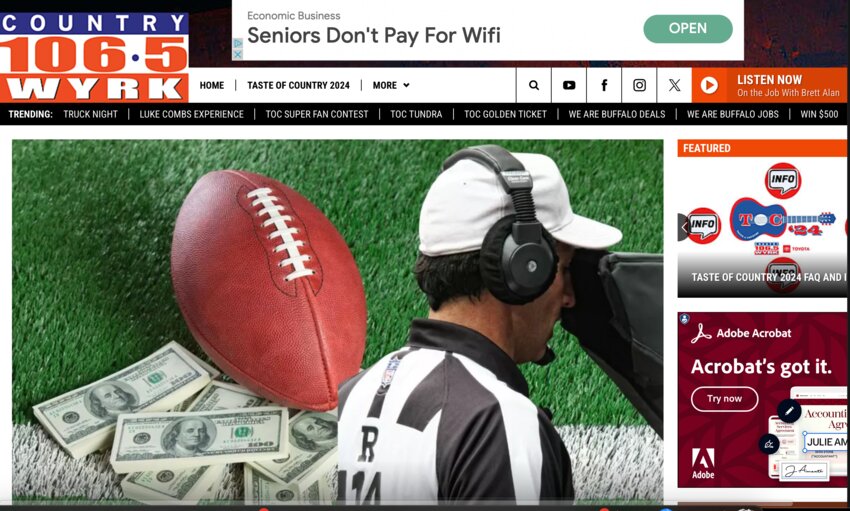
The company also now operates more than 400 local news sites across 74 markets.
These communities are grateful for information and for being recognized. “In many of these markets where we operate, many have become news deserts with few or no hyperlocal media outlets, either because they’ve disappeared or never existed. Where I live in New Jersey, we’re often seen as a suburb of New York City or Philadelphia,” Willig said. “There are very few New Jersey television stations and not that many local radio stations, so our New Jersey 101.5, WKXW, which is the biggest radio station in our company, has a massive website and an audio app. The station’s slogan online and on-air is ‘Not New York. Not Philadelphia. Proud to be New Jersey.’”
“Most of our hyperlocal websites and apps are tied to radio stations. This is a core strategy for our company,” Willig said. And radio still has a broad following.
“Even back in 2010, traditional media was seeing a decline. … Meanwhile, radio was holding steady. Depending on the study, it showed that as much as 95% of all Americans had listened to a terrestrial broadcast radio station in the past 30 days, and that number has held strong for decades,” Willig said. That loyal following is even in spite of disruptors like satellite radio, streaming music services and podcasts.
The company sells on-air and display advertising; they produce sponsored content and product and service endorsements.
“We are transparent about it,” Willig said of the sponsored content and endorsements. “We do not let our relationships with advertisers color our informational content. As the head of content for this company, advertisers come and go. Somebody might be spending money with us today and not tomorrow, or not today, but then arrives tomorrow. So, we can’t let it compromise our relationship with the audience, which we need to be here every day.”
Willig surmised that radio’s success is steeped in trust.
“Our radio brands and our on-air personalities are deeply trusted and tremendously influential in their community,” he said. “DJs are the original social influencers. … That’s why radio endorsements work so well.”
That trust also transfers to Townsquare Media's websites, where on-air talent regularly contributes content. “They’re responsible not just for social posts or funny videos on Facebook, but real articles about their community,” Willig explained. “Our on-air DJs may not be investigative journalists who’ve gone to J-school. They may not be Pulitzer Prize winners, but maybe some of them are on their way.
“But what they are is deeply ingrained in their communities. They know what their communities care about and how to speak to them,” he continued. “That human voice is incredibly important, and when I say ‘human voice,’ I don’t just mean their literal voice, but their perspective, their insight, their opinion.”
To get the full branded experience, Townsquare audiences are encouraged to listen to the radio stations, visit the websites, and follow the stations and their talents on social media.
Willig said the websites’ content is intended to be ”relatable, compelling and have some effect on their daily lives.” They report the news using text, video and audio.
Some of their sites have produced investigative reporting, like a story about corruption at a hospital in Alabama.
“That same website of ours, a few days later, broke a story about a new Applebee’s coming to town. You could probably guess which of those two stories actually drove more traffic,” he said with a laugh. “But they were both important; they both affected the community in a significant way.”
The short life of Neighborhood TV
Cox Media Group (CMG) made a big splash when the company announced its plans to get into the business of hyperlocal news streaming. Forbes, Axios and other media-reporting outlets covered the planned launch of “Neighborhood TV.”
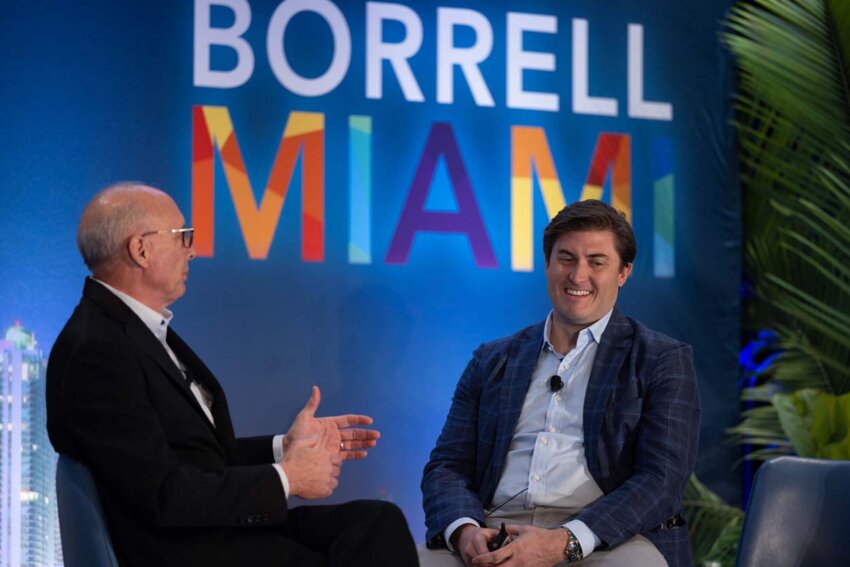
CMG’s head of development, Eric Kozik, spoke with Gordon Borrell and Corey Elliot about CMG’s Neighborhood TV on their “Local Marketing Trends” podcast in mid-March. Leveraging CTV app technology, the idea was to roll out local news programming across 50 markets.
“Neighborhood TV is a new micro-local news and information service, and we launched in Atlanta and Charlotte. The idea is that we are going to cover the flow of life — the community at large, and we believe that most consumers care about a six- to 10-mile radius relevant to local issues, like education, politics, sports, transportation and safety, and within that, we want to cover it from a homegrown perspective,” he said.
Kozik reported to the podcast hosts that viewership was “growing steadily” in those two initial markets, citing 725 million audience impressions to date. He explained that the company had convened a local direct team to sell advertising, and that they were on target to break even by year’s end and to be profitable within 18 to 24 months of the launch.
The next month, Kozik spoke with E&P about Neighborhood TV. He credited Executive Chairman Steven J. Pruett with the concept he’d envisioned more than a decade ago. By 2020, they started researching what local audiences might want from a streaming news source. Based on the findings, they initially planned for three hours of original content each day.
He told E&P that Neighborhood TV's audience skewed about 10 to 15 years younger than their TV audiences and leaned toward a more female viewership than male. He also reported feedback from thousands of viewers, with about 95% being favorable.
Despite the encouragement, Kozik reported to E&P on May 13, “Unfortunately, things have changed quite quickly. Neighborhood TV lost funding.”
Community connectivity is key
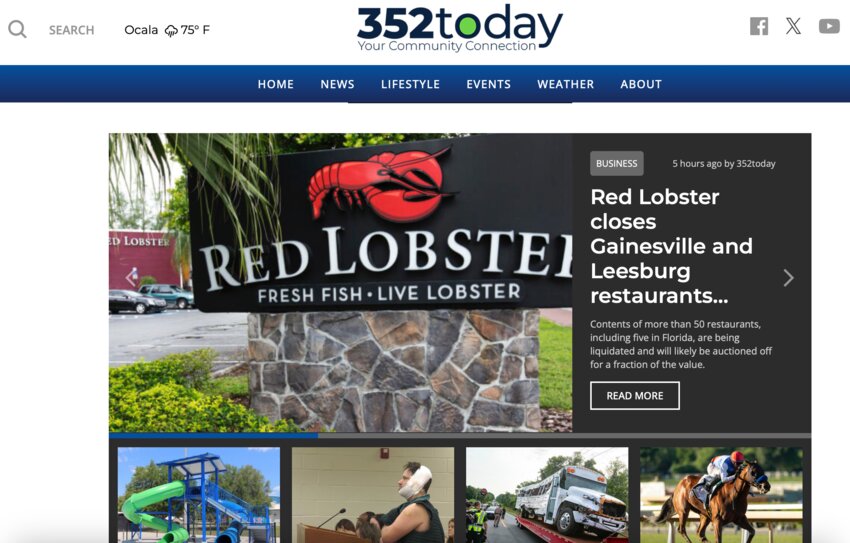
Why are people gravitating to hyperlocal news now? Chris Forgy, president and CEO of Saga Communications — operator of radio stations, event host and now digital news publisher — has a theory. Hyperlocal news is all about impact, he suggested. And impact is the core of Saga’s mission to launch 18 hyperlocal news sites in small markets by July 2024. Each site has its own brand identity: 352Today.com in Ocala, Florida; CvilleRightNow.com in Charlottesville, Virginia; 828NewsNow.com in Asheville, North Carolina; RocktownNow.com in Harrisonburg, Virginia; and JonesboroRightNow.com in Jonesboro, Arkansas.
The first to launch was ClarksvilleNow.com in Clarksville, Tennessee. Katie Gambill, the former president and general manager of Saga’s cluster of stations there, saw an opportunity to “build community” in the market with a local news website.
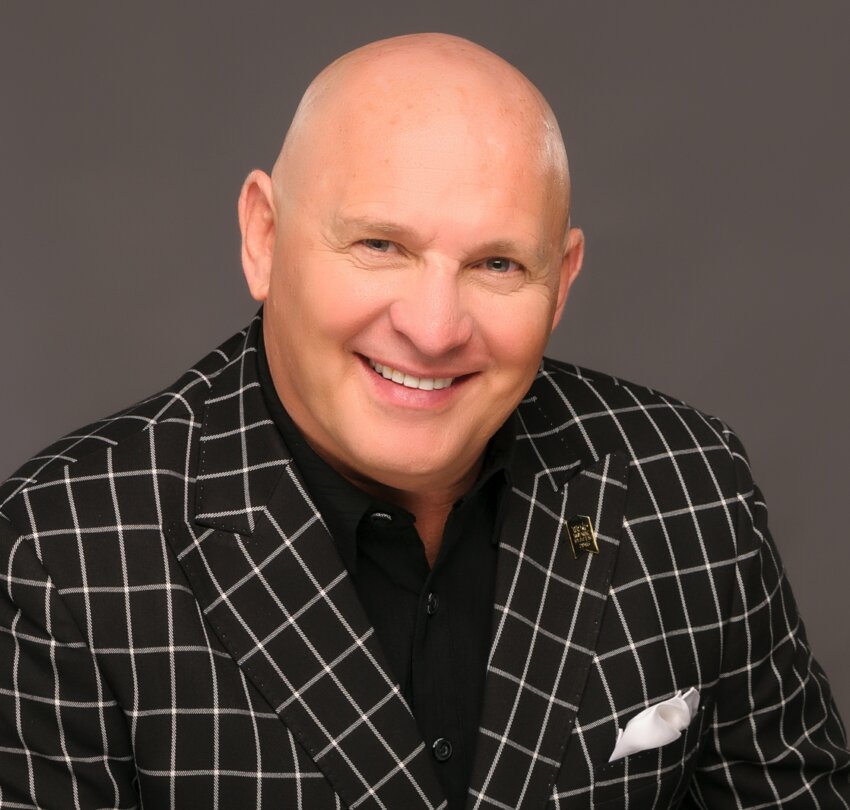
“The 101st Airborne Division out of Fort Campbell, Kentucky — which is the adjoining market to Clarksville — was being deployed, and they had no way of connecting back to the community and finding out what was going on in Clarksville, Tennessee and Hopkinsville, Kentucky,” Forgy recalled.
“That became a metaphor for this online news service in all of the markets. It was born out of the need to connect back to your community — even if you’re deployed in Iraq,” he said.
Gambill subsequently became the director of innovative online news services for all markets. When E&P spoke with Forgy in April, he said ClarksvilleNow had already generated $1 million in revenue.
The local news sites present the opportunity to sell display ads and tap into programmatic programs and sponsored content.
You won’t find any op-eds or deep-dive investigative reports on Saga’s sites. That’s by design.

Forgy said he wants to focus on practical community news — what’s happening at city hall, how the local sports teams are performing, news from the police and fire departments, public safety reports, obituaries, upcoming events and the array of good news coming out of the community.
“Any research you see from a listener perspective, the number-one thing they seek is connectivity. They want to be connected, to feel connected,” Forgy said.
Saga Communications also strategically engages community leaders. They meet with mayors, city council members, the chief of police and others to inform them about the mission and begin building a communicative relationship.
To staff the sites, they expressly seek out local journalists, editors and stringers who have been displaced because of layoffs at newspapers and TV stations.
Forgy reported that community reaction to the sites has been overwhelmingly positive. “The unique visitors that go to the sites are growing on a monthly basis,” he said. “We’ve had city council, sheriff and deputies and mayors, members of the Chamber of Commerce who have commented, ‘We rely on this service. This is how we communicate. This is how we get the news out because there is no other local news source.’ … We’re still in the infant stages, but the positivity has been phenomenal.”
“Our philosophy is that we want to have impact. We want to make a difference in the community,” Forgy concluded.
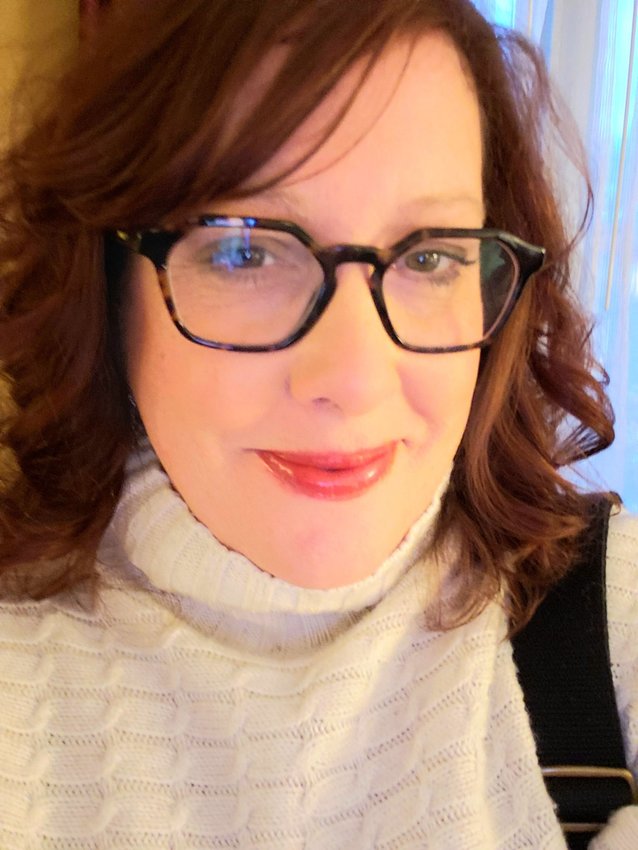 Gretchen A. Peck is a contributing editor to Editor & Publisher. She's reported for E&P since 2010 and welcomes comments at gretchenapeck@gmail.com.
Gretchen A. Peck is a contributing editor to Editor & Publisher. She's reported for E&P since 2010 and welcomes comments at gretchenapeck@gmail.com.
Comments
No comments on this item Please log in to comment by clicking here